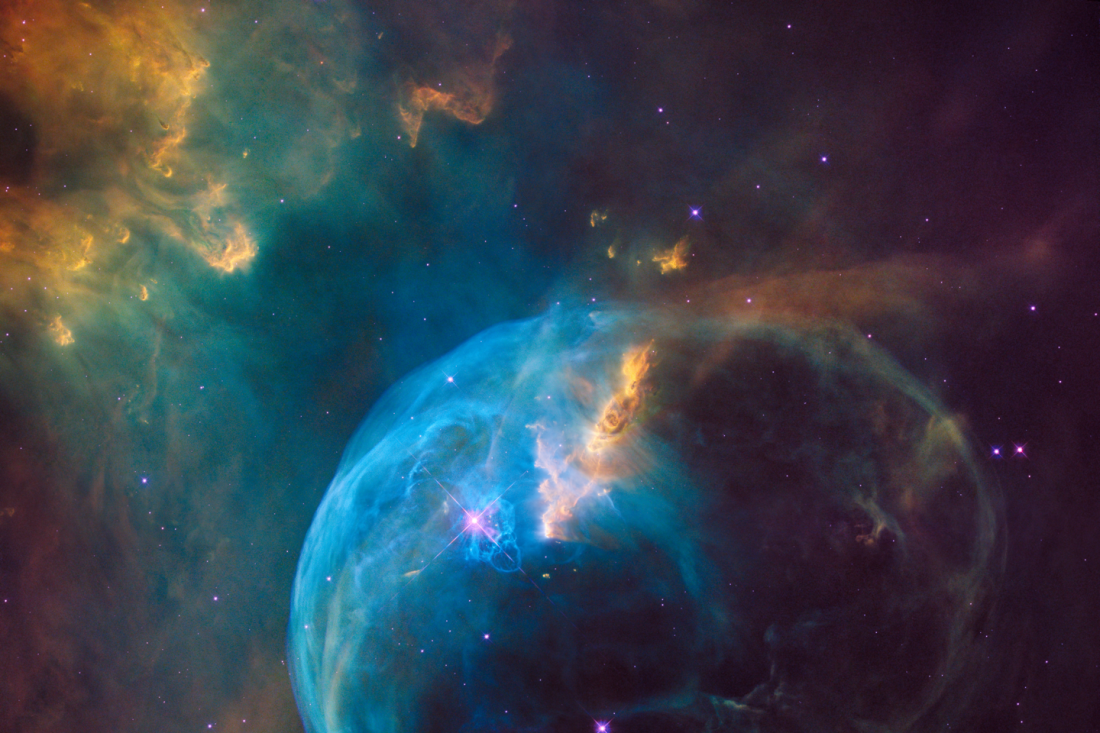How we understand the chemical composition of the universe will be transformed by next-generation radio astronomy observatories, much like those that are operated by the National Radio Astronomy Observatory, with headquarters on the Grounds of the University of Virginia.
These powerful instruments collect and resolve the radiation reaching Earth in the microwave and millimeter-to-THz frequency ranges where atmospheric opacity, principally due to water vapor absorption, is not a limiting factor.
The data from these observatories present new opportunities to study the structure and evolution of astronomical objects based on their chemical composition. This new interdisciplinary field of research requires integration of several types of data from chemistry and astronomy.
The team of researchers explored two grand challenge problems:
- How does chemistry emerge in the universe?
- Is there a link between chemical evolution and star and planet formation?
Their work aimed to determine how to use the correlations of different molecular images to understand the chemical reaction processes at work. This analysis required coupling the astronomical images with large-scale chemical kinetics models. The team also explored ways to use these chemical images to better characterize the astronomical object.
